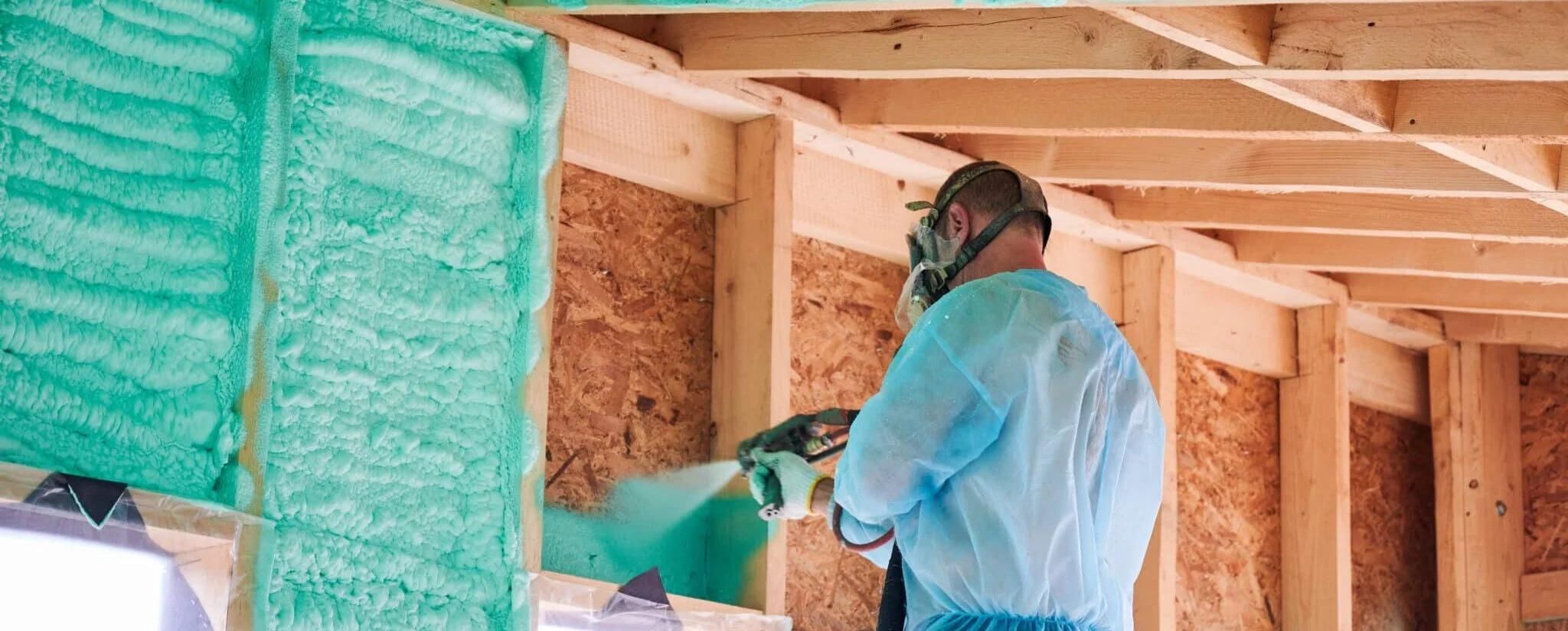

Articles
How Much Spray Foam Insulation Cost
Modified: December 7, 2023
Looking for articles on how much spray foam insulation costs? Read our comprehensive guide to find out the average cost and factors that influence pricing.
(Many of the links in this article redirect to a specific reviewed product. Your purchase of these products through affiliate links helps to generate commission for Storables.com, at no extra cost. Learn more)
Introduction
Spray foam insulation is a highly effective solution for insulating homes and buildings, providing numerous benefits such as improved energy efficiency, better comfort, and reduced noise transmission. However, before diving into the world of spray foam insulation, it’s important to understand the cost factors associated with this type of insulation, as it can vary depending on several variables.
In this article, we will explore the factors that affect the cost of spray foam insulation, the different types of foam insulation available, and provide an overview of average costs. Additionally, we will compare the cost of spray foam insulation to traditional insulation methods and discuss other factors to consider before making an investment.
Understanding the cost of spray foam insulation is crucial when planning your insulation project, as it will help you make informed decisions and effectively manage your budget.
Key Takeaways:
- Spray foam insulation cost varies based on factors like area size, type of foam, and accessibility. Despite higher upfront costs, it offers long-term benefits such as energy savings and improved comfort.
- When comparing spray foam insulation to traditional methods, consider factors like insulation performance, air sealing, and long-term cost savings. Spray foam insulation provides superior performance and long-term benefits, justifying the initial investment.
Read more: How To Spray Foam Insulation
Factors Affecting Spray Foam Insulation Cost
The cost of spray foam insulation can vary depending on a variety of factors. Understanding these factors can help you estimate the cost of your insulation project and make informed decisions. Here are the key factors that can affect spray foam insulation cost:
- Size of the Area: The size of the area to be insulated is one of the primary factors influencing the cost. Larger areas require more materials and labor, leading to higher costs.
- Type of Foam Insulation: There are two main types of spray foam insulation: open-cell and closed-cell. Open-cell foam is less expensive than closed-cell foam, but it has a lower R-value and is not as effective in blocking air and moisture infiltration. Closed-cell foam, on the other hand, provides a higher R-value and better insulation performance, but it comes at a higher cost.
- Thickness of Insulation: The thickness of the foam insulation applied also affects the cost. Thicker insulation provides better insulation performance but requires more material and labor, resulting in higher costs.
- Accessibility: The accessibility of the area to be insulated can impact the cost. Areas that are difficult to access, such as crawl spaces or attic nooks, may require more time and effort to apply the insulation, contributing to higher costs.
- Location: The geographic location can also influence the cost of spray foam insulation. Factors such as transportation costs, labor rates, and local market conditions can vary from one region to another, resulting in different pricing.
- Additional Services: If you require additional services such as air sealing or removal of existing insulation, these services will add to the overall cost.
It’s important to note that while spray foam insulation may have a higher upfront cost compared to traditional insulation methods, it offers long-term benefits that can outweigh the initial investment. The energy savings, improved comfort, and durability provided by spray foam insulation can result in lower utility bills and increased property value over time.
Now that we have a better understanding of the factors that can affect the cost of spray foam insulation, let’s explore the different types of spray foam insulation available.
Types of Spray Foam Insulation
Spray foam insulation comes in two main types: open-cell and closed-cell foam. Each type has its own characteristics, benefits, and costs. Understanding the differences between these two options will help you determine the best fit for your insulation needs.
1. Open-Cell Spray Foam Insulation:
Open-cell spray foam insulation is a lightweight and flexible foam that expands upon application. This type of foam is called open-cell because the cells within the foam are not completely closed, allowing air to fill the spaces. Open-cell foam is typically less expensive than closed-cell foam, making it a popular choice for certain applications.
One of the key benefits of open-cell foam is its excellent soundproofing capabilities. Due to its structure, it can effectively absorb sound waves, reducing noise transmission. It also has a higher R-value per inch compared to other types of insulation, providing good thermal insulation.
However, open-cell foam is less effective at blocking air and moisture infiltration compared to closed-cell foam. It also has a lower density, making it less suitable for areas prone to moisture or heavy wear and tear.
2. Closed-Cell Spray Foam Insulation:
Closed-cell spray foam insulation is a denser and more rigid foam that provides superior insulation performance. The cells in closed-cell foam are completely closed, preventing air and moisture from penetrating the insulation. This type of foam offers a higher R-value per inch and better air sealing capabilities.
Due to its structure, closed-cell foam is more resistant to moisture and can withstand heavy usage, making it suitable for both interior and exterior applications. It also offers added structural strength, contributing to the overall integrity of the building.
However, closed-cell foam is generally more expensive than open-cell foam due to its higher density and insulation properties. It requires specialized equipment and expertise for installation, which can contribute to the overall cost.
When considering the cost of spray foam insulation, it’s important to weigh the benefits and characteristics of both open-cell and closed-cell options. Your choice will depend on factors such as your budget, insulation needs, and the specific requirements of your project.
Next, let’s dig into the average cost of open-cell and closed-cell spray foam insulation.
Average Cost of Open-Cell Spray Foam Insulation
The cost of open-cell spray foam insulation can vary depending on factors such as the size of the area, location, and insulation thickness. However, as a general guideline, the average cost of open-cell spray foam insulation ranges from $0.50 to $0.80 per board foot.
Board feet, or “bf,” is a measurement used in the construction industry to determine the quantity of material needed. One board foot is equal to a square foot of insulation that is one inch thick. So, for example, if you have an insulation area that measures 500 square feet and you want to apply open-cell foam to a thickness of 2 inches, you would need 1,000 board feet of insulation.
Keep in mind that the actual cost you will pay can vary based on other cost factors mentioned earlier, such as accessibility, labor rates, and regional pricing differences. Additionally, if you require additional services like air sealing or removal of existing insulation, these services may incur additional costs.
It’s also worth considering the long-term cost savings that open-cell spray foam insulation can offer. Due to its higher R-value per inch, open-cell foam provides good thermal insulation and can contribute to lower energy bills. It also offers excellent soundproofing capabilities, enhancing the comfort of your living or working space.
Now that we have a sense of the average cost of open-cell spray foam insulation, let’s explore the cost of closed-cell spray foam insulation.
When considering the cost of spray foam insulation, it’s important to factor in the size of the area to be insulated, the type of spray foam used, and the labor costs for installation. It’s also a good idea to get quotes from multiple contractors to ensure you’re getting a fair price.
Average Cost of Closed-Cell Spray Foam Insulation
Closed-cell spray foam insulation typically has a higher cost compared to open-cell foam, but it also offers superior insulation performance and other advantages. The average cost of closed-cell spray foam insulation ranges from $1.00 to $1.50 per board foot.
As mentioned earlier, the cost can vary depending on factors such as the size of the area to be insulated, location, and insulation thickness. The density and insulating properties of closed-cell foam contribute to its higher price point compared to open-cell foam.
When considering the cost of closed-cell spray foam insulation, it’s important to factor in its long-term benefits. Closed-cell foam offers a higher R-value per inch, indicating its superior insulation capabilities. It provides better thermal resistance, making it an excellent choice for colder climates or areas with extreme temperature fluctuations.
In addition to its insulation performance, closed-cell foam is also more effective at air sealing. Its rigid structure and ability to fill gaps and cracks prevent air leakage, reducing energy waste and enhancing the overall energy efficiency of the building.
It’s important to note that while closed-cell spray foam insulation has a higher upfront cost, it can lead to significant energy savings in the long run. The improved insulation and air sealing properties of closed-cell foam can result in lower heating and cooling costs, making it a worthwhile investment.
Now that we have explored the average cost of closed-cell spray foam insulation, let’s compare the cost of spray foam insulation to traditional insulation methods.
Read more: How To Spray Foam Insulation In Attic
Cost Comparison: Spray Foam Insulation vs. Traditional Insulation
When evaluating insulation options for your home or building, it’s important to consider the cost and benefits of spray foam insulation compared to traditional insulation methods. While spray foam insulation may have a higher upfront cost, it offers numerous advantages that can outweigh the initial investment.
Traditional insulation methods, such as fiberglass batts or blown-in cellulose, are generally less expensive than spray foam insulation. The cost of traditional insulation can range from $0.20 to $0.60 per square foot, depending on the type and quality of insulation chosen. However, it’s essential to keep in mind that traditional insulation may not provide the same level of performance and long-term benefits as spray foam insulation.
Spray foam insulation, on the other hand, offers superior insulation performance, air sealing capabilities, and durability. It provides a higher R-value per inch, which translates to better heat retention and energy efficiency. The air sealing properties of spray foam insulation help minimize drafts, reduce energy waste, and improve indoor air quality by preventing the entry of dust, pollen, and pests.
While the initial cost of spray foam insulation may be higher, it can result in significant long-term savings. The energy efficiency and durability of spray foam insulation can lead to lower heating and cooling costs over time. Additionally, spray foam insulation can offer additional benefits such as noise reduction, increased structural integrity, and potential resale value for the property.
Moreover, traditional insulation methods may require additional steps and materials to achieve comparable air sealing and vapor barrier capabilities, which can further increase the overall cost. Spray foam insulation, on the other hand, combines insulation and air sealing into one application, reducing the need for additional materials and labor costs.
It’s important to weigh the upfront cost against the long-term benefits and potential savings when making a decision on the type of insulation to choose. Considering factors such as energy efficiency, comfort, air quality, and durability can help justify the higher cost of spray foam insulation.
Now that we have compared the cost of spray foam insulation to traditional insulation, let’s explore additional factors to consider before making an insulation investment.
Additional Factors to Consider
When considering spray foam insulation for your home or building, it’s important to take into account several additional factors that can impact the overall cost and success of your insulation project.
- Insulation Contractor: Choosing a reputable and experienced insulation contractor is crucial for a successful spray foam insulation installation. The expertise and quality of the contractor can affect the pricing, as well as the performance and longevity of the insulation. It’s recommended to research and obtain quotes from multiple contractors to ensure you’re getting the best value.
- Building Codes and Regulations: Familiarize yourself with local building codes and regulations regarding insulation. Some jurisdictions may have specific requirements or restrictions on the use of spray foam insulation. Compliance with these codes may impact the installation process and potentially the cost.
- Evaluating ROI: Calculate the return on investment (ROI) of spray foam insulation by considering the potential energy savings and other benefits. While the upfront cost may be higher, the long-term savings in energy bills and improved comfort can help recoup the initial investment over time.
- Warranty and Maintenance: Inquire about the warranty offered by the insulation manufacturer or contractor. Ensure you understand the terms and conditions of the warranty, as well as any maintenance requirements for preserving the effectiveness of the insulation. This will help you plan and budget for any future maintenance needs.
- Environmental Considerations: Spray foam insulation is known for its energy-saving properties, but it’s also important to consider its environmental impact. Some foam insulation products contain blowing agents that contribute to greenhouse gas emissions. Look for environmentally friendly options or consider the long-term energy savings and efficiency gains when evaluating the environmental benefits of spray foam insulation.
- Obtaining Multiple Quotes: Requesting quotes from multiple insulation contractors is essential to compare both the prices and the scope of services provided. This will help you make an informed decision and ensure you’re getting a fair price for the insulation project.
By considering these additional factors, you can make a more informed decision when it comes to spray foam insulation. Remember that while cost is an important consideration, it should not be the only factor when evaluating the benefits and value of spray foam insulation for your specific needs and circumstances.
Now, let’s summarize the key points we’ve discussed in this article.
Conclusion
Spray foam insulation offers a highly effective solution for insulating homes and buildings, providing numerous benefits such as improved energy efficiency, comfort, and noise reduction. When considering the cost of spray foam insulation, it’s important to take into account several factors that can impact the overall cost.
Factors such as the size of the area, type of foam insulation, thickness, accessibility, and location can influence the cost of the insulation project. On average, open-cell spray foam insulation ranges from $0.50 to $0.80 per board foot, while closed-cell spray foam insulation ranges from $1.00 to $1.50 per board foot.
It’s important to note that while spray foam insulation may have a higher upfront cost compared to traditional insulation methods, it offers long-term benefits that can outweigh the initial investment. The energy savings, improved comfort, and durability provided by spray foam insulation can result in lower utility bills and increased property value over time.
When comparing spray foam insulation to traditional insulation methods, it’s essential to consider factors such as insulation performance, air sealing capabilities, and long-term cost savings. Spray foam insulation offers superior insulation and air sealing, which can contribute to improved energy efficiency and comfort. While traditional insulation methods may be less expensive upfront, they may not provide the same level of performance and long-term benefits.
Before embarking on a spray foam insulation project, consider additional factors such as hiring a reputable contractor, understanding building codes and regulations, evaluating return on investment, considering warranties and maintenance requirements, and being mindful of environmental considerations.
By carefully considering these factors and understanding the benefits of spray foam insulation, you can make an informed decision that aligns with your budget, needs, and goals. Remember, while cost is important, it should not be the sole determining factor when evaluating the value and benefits of spray foam insulation.
In conclusion, spray foam insulation offers a cost-effective solution to improve the energy efficiency and comfort of your home or building. By understanding the cost factors, comparing spray foam insulation to traditional methods, and considering additional factors, you can make a decision that brings long-term benefits and savings.
Frequently Asked Questions about How Much Spray Foam Insulation Cost
Was this page helpful?
At Storables.com, we guarantee accurate and reliable information. Our content, validated by Expert Board Contributors, is crafted following stringent Editorial Policies. We're committed to providing you with well-researched, expert-backed insights for all your informational needs.
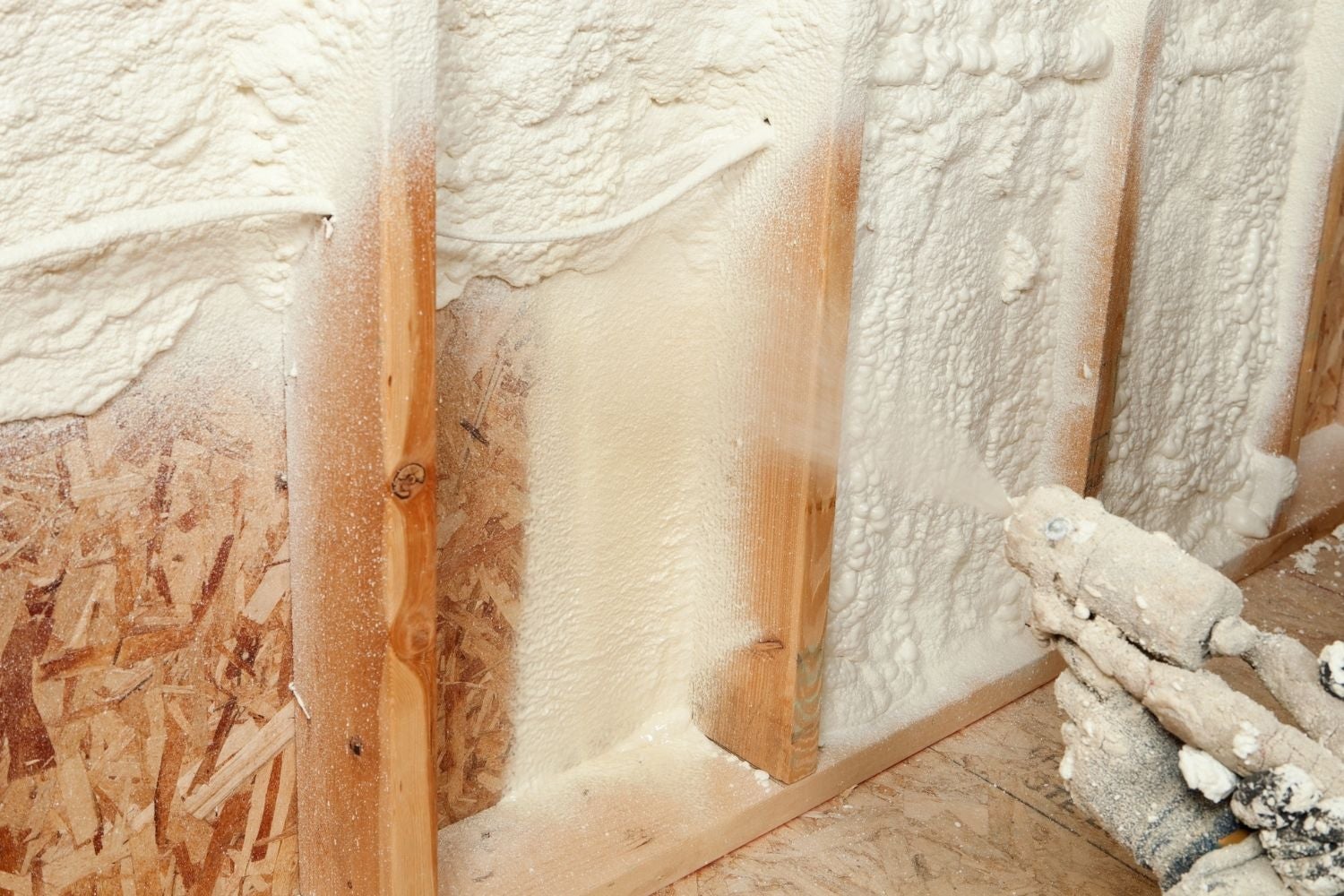
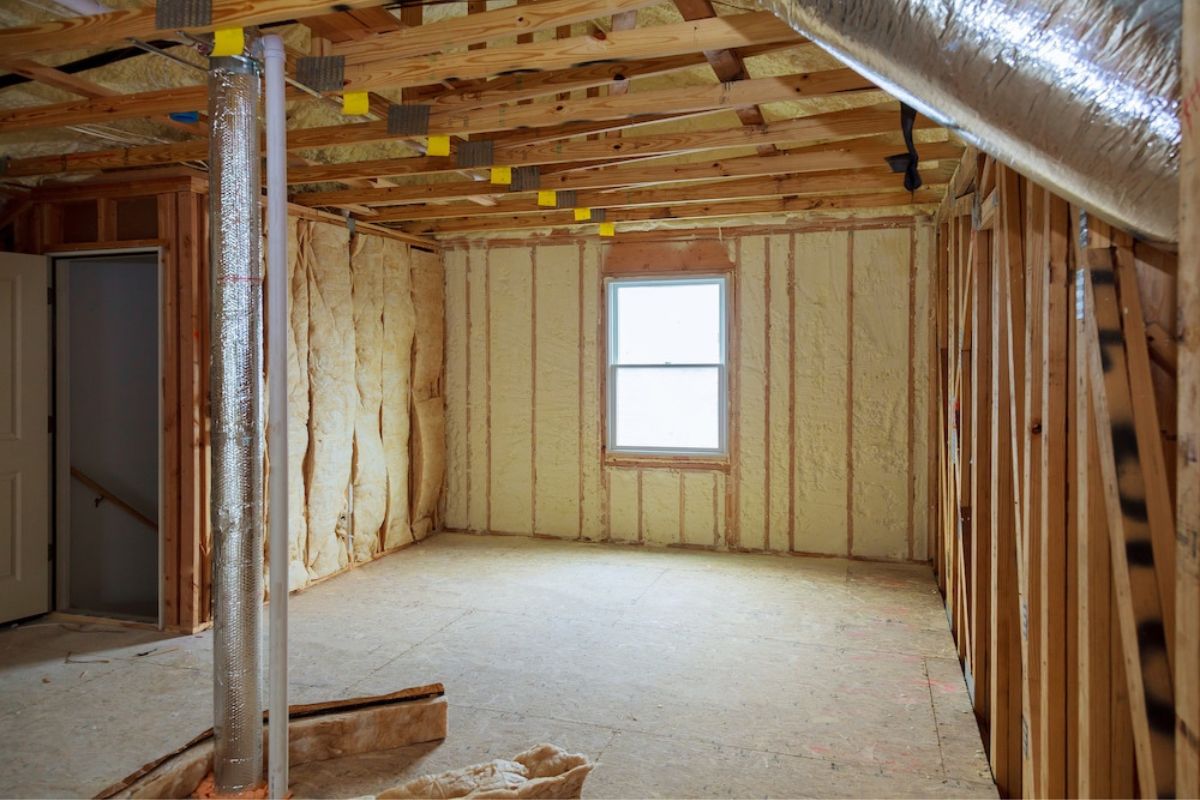
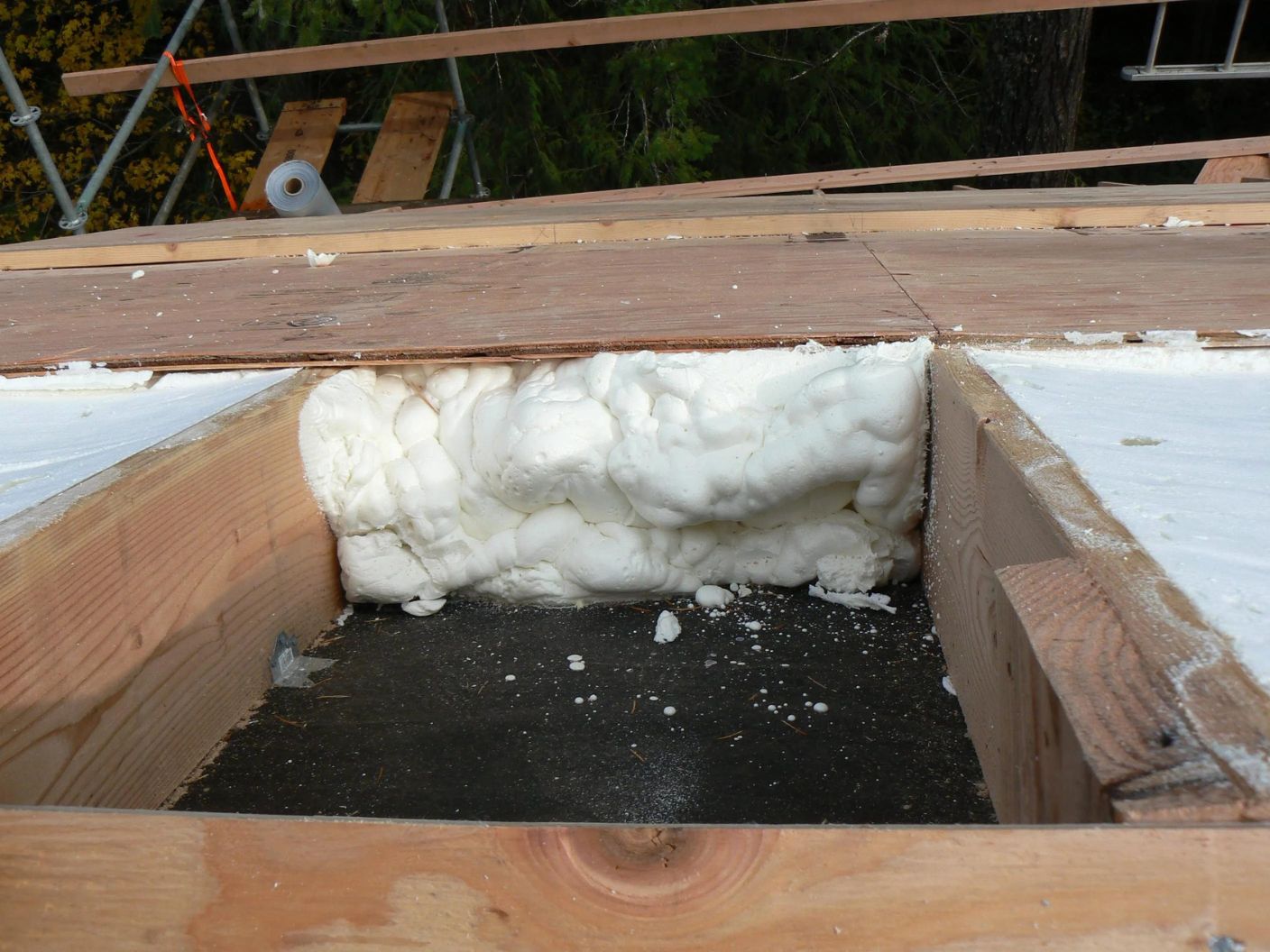
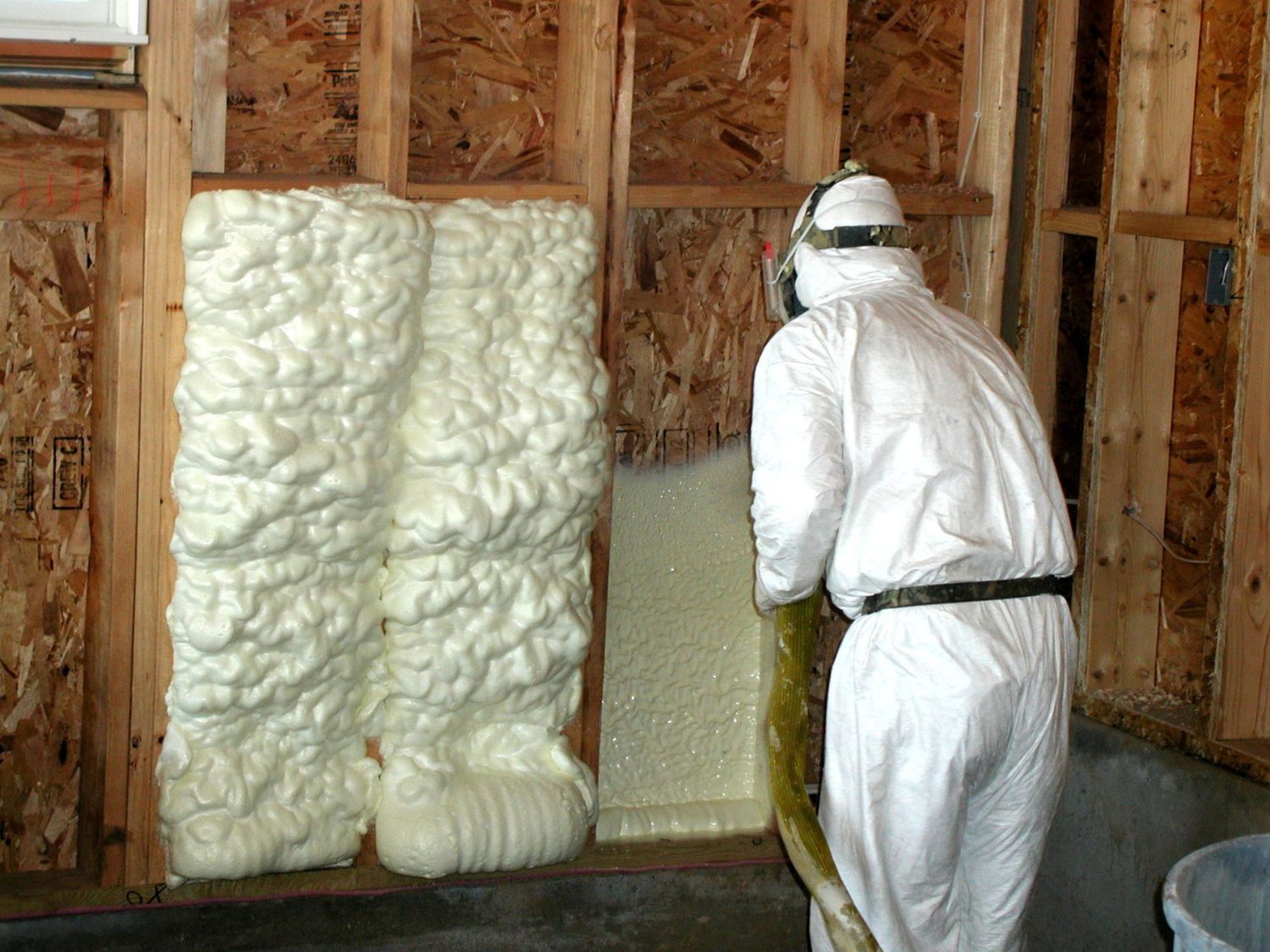
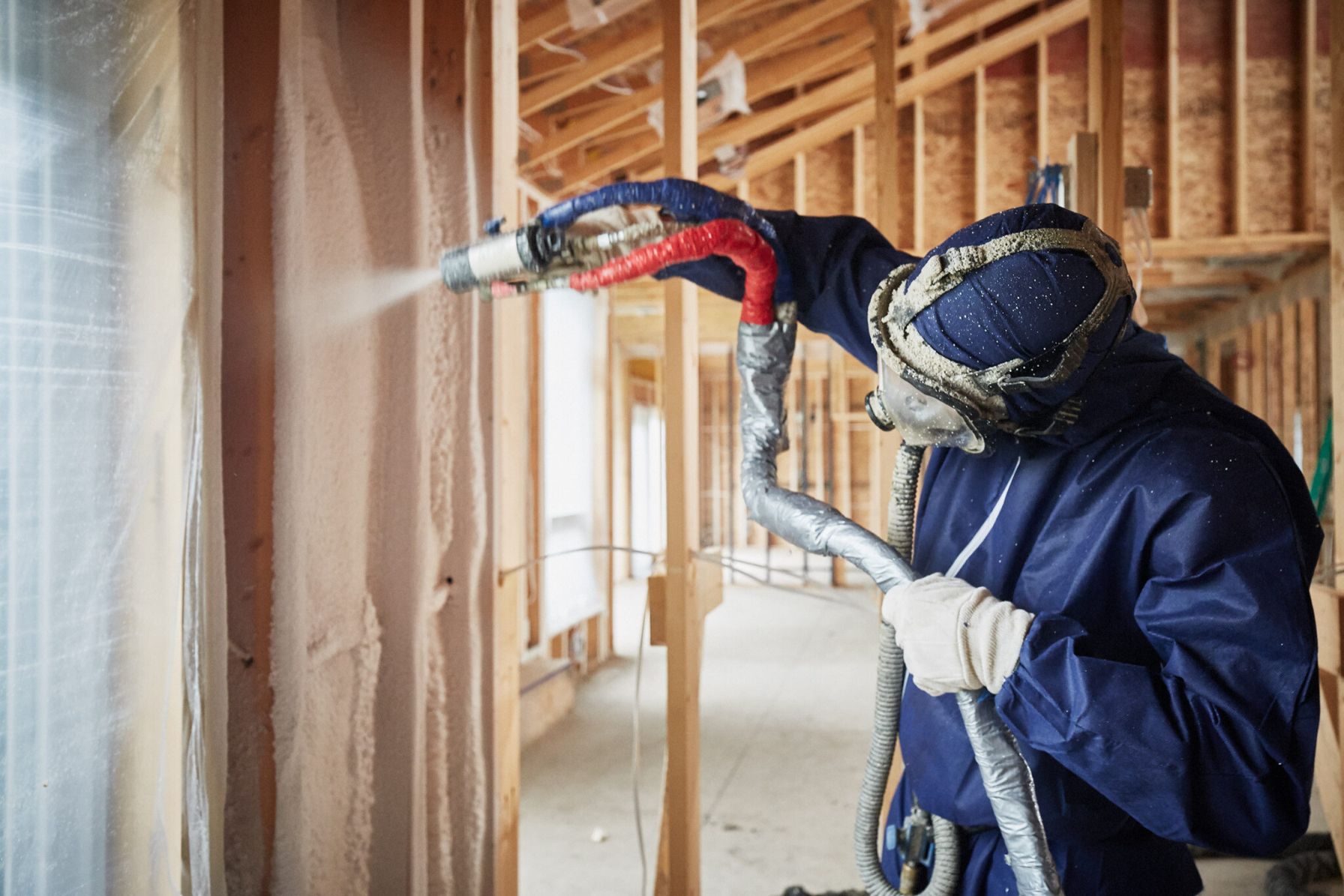
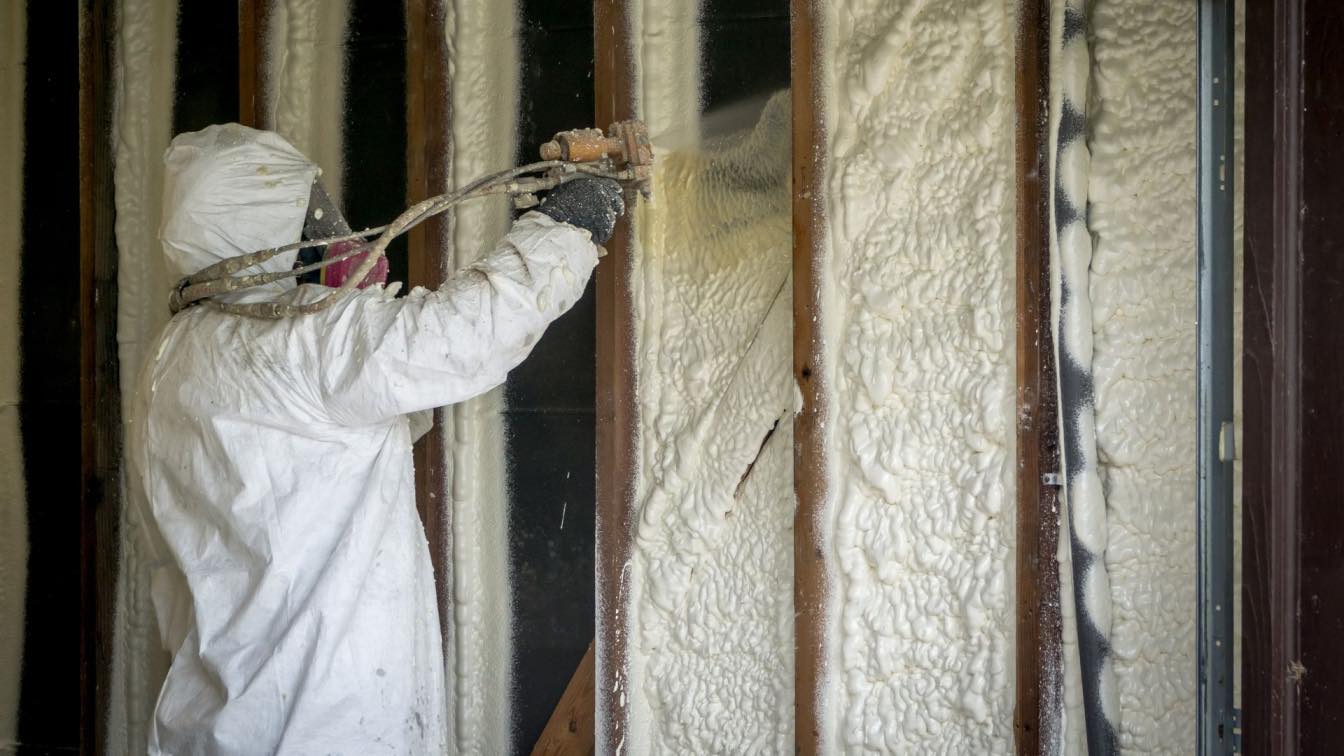
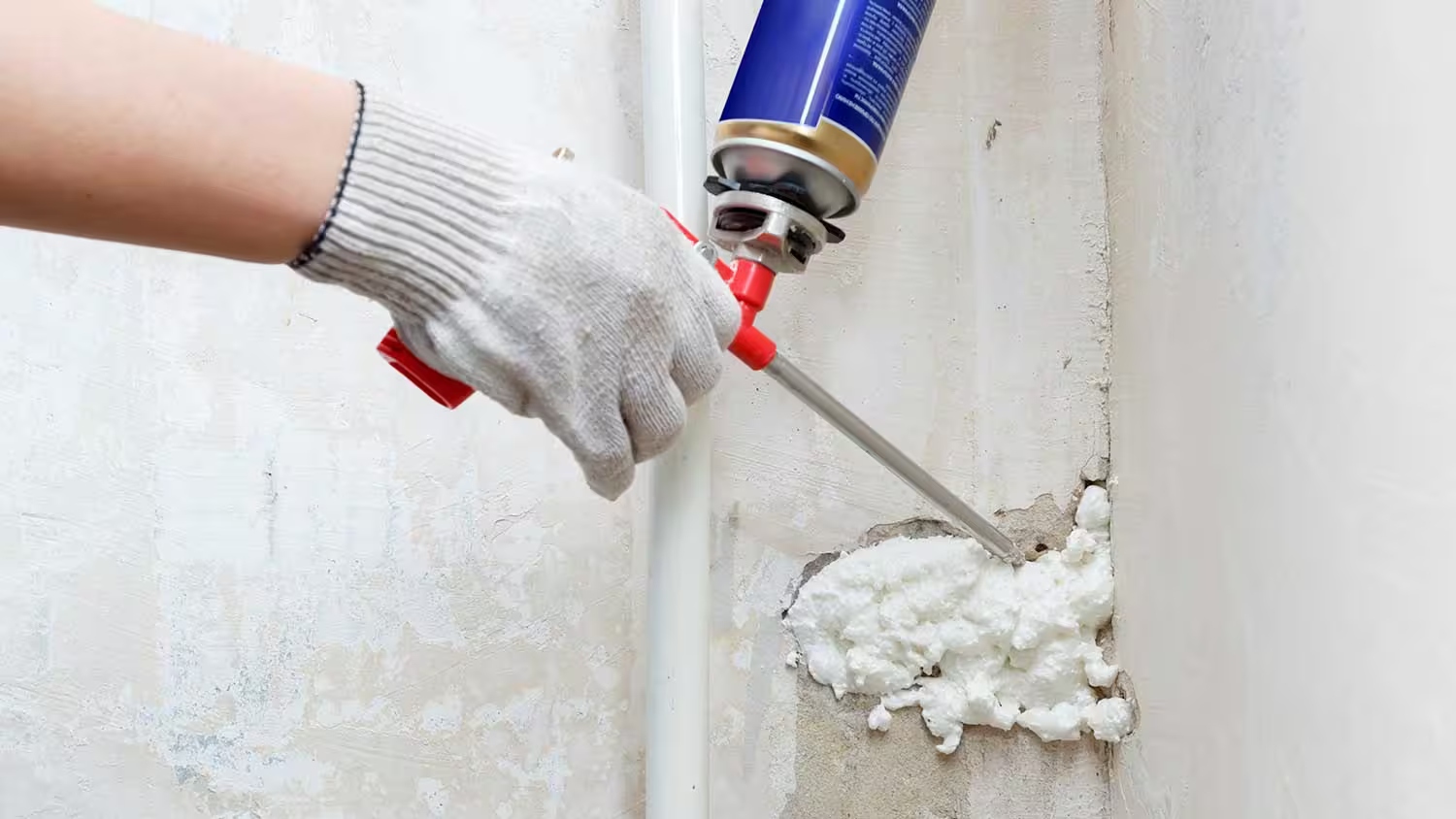
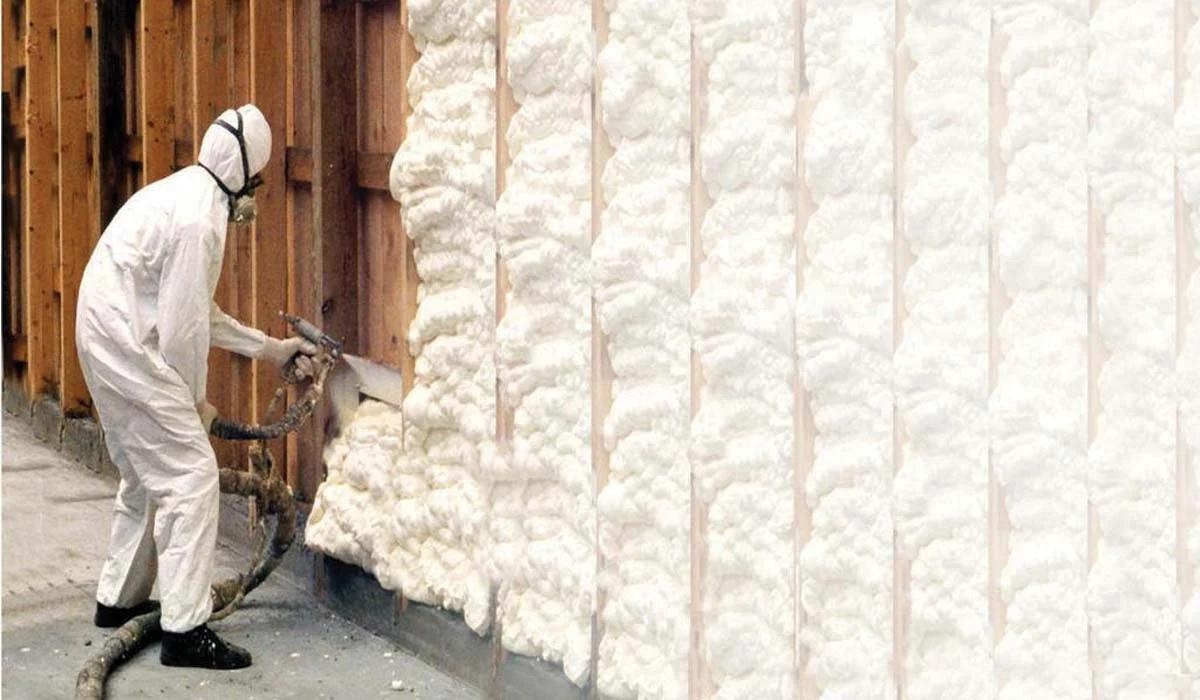
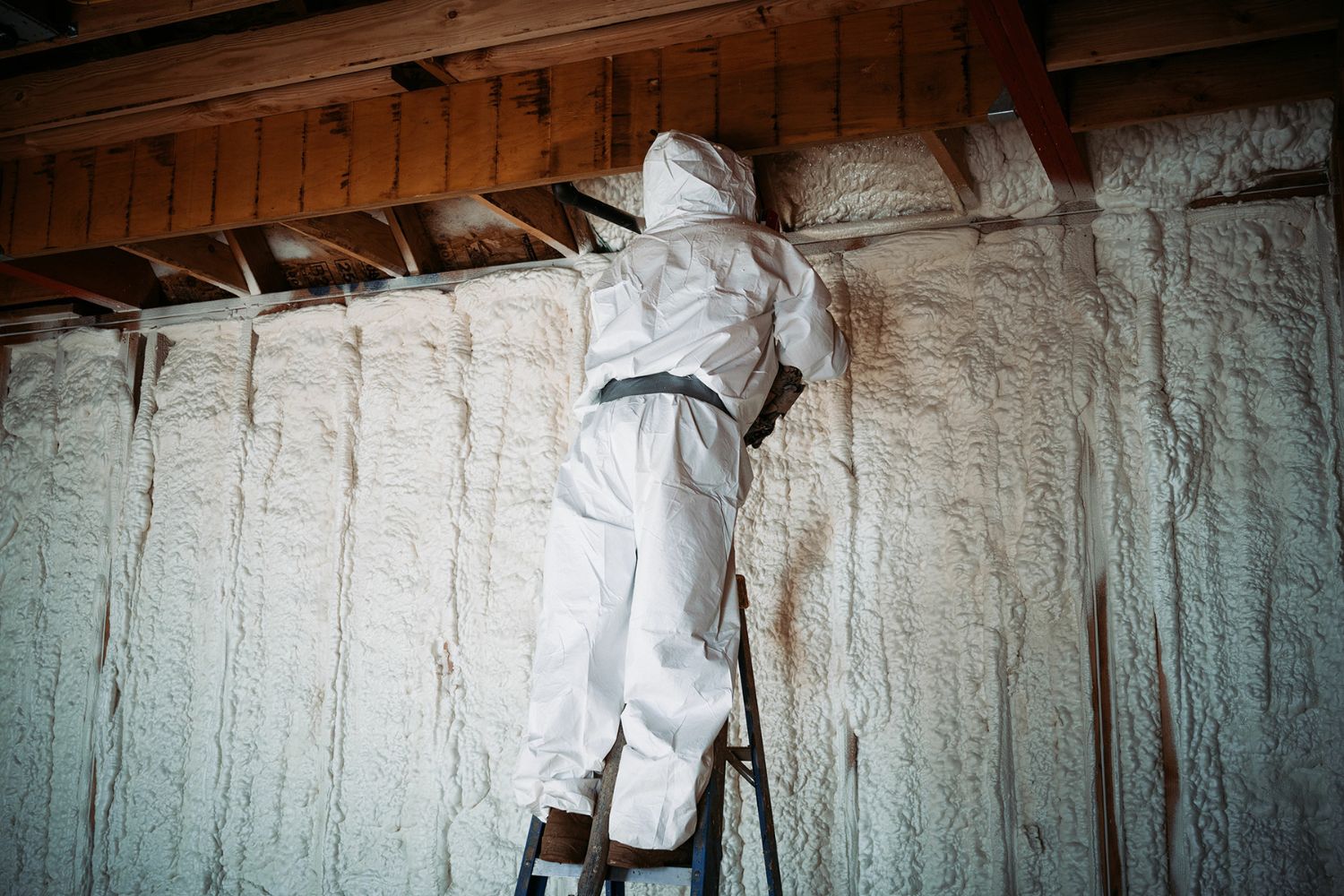
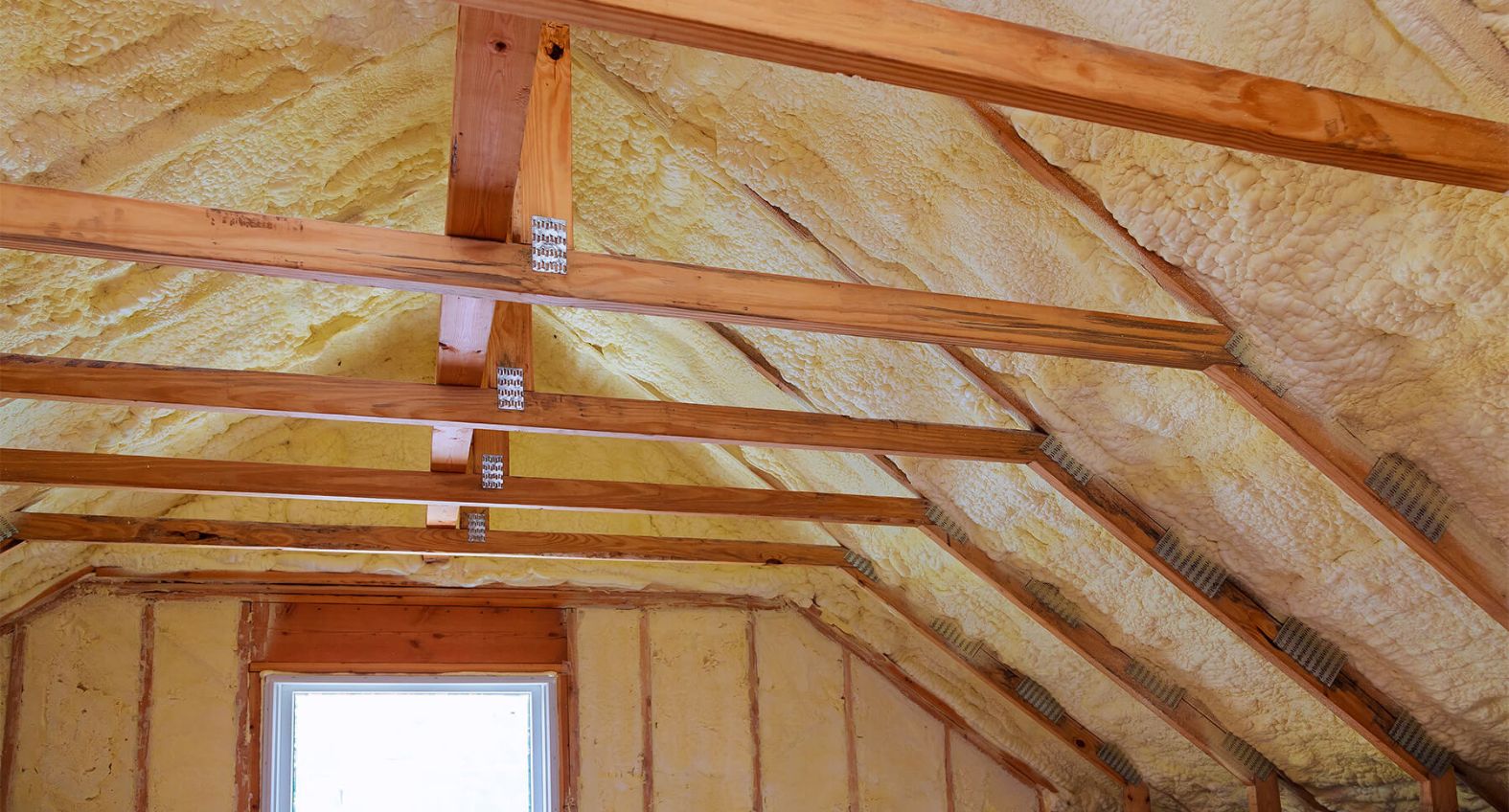
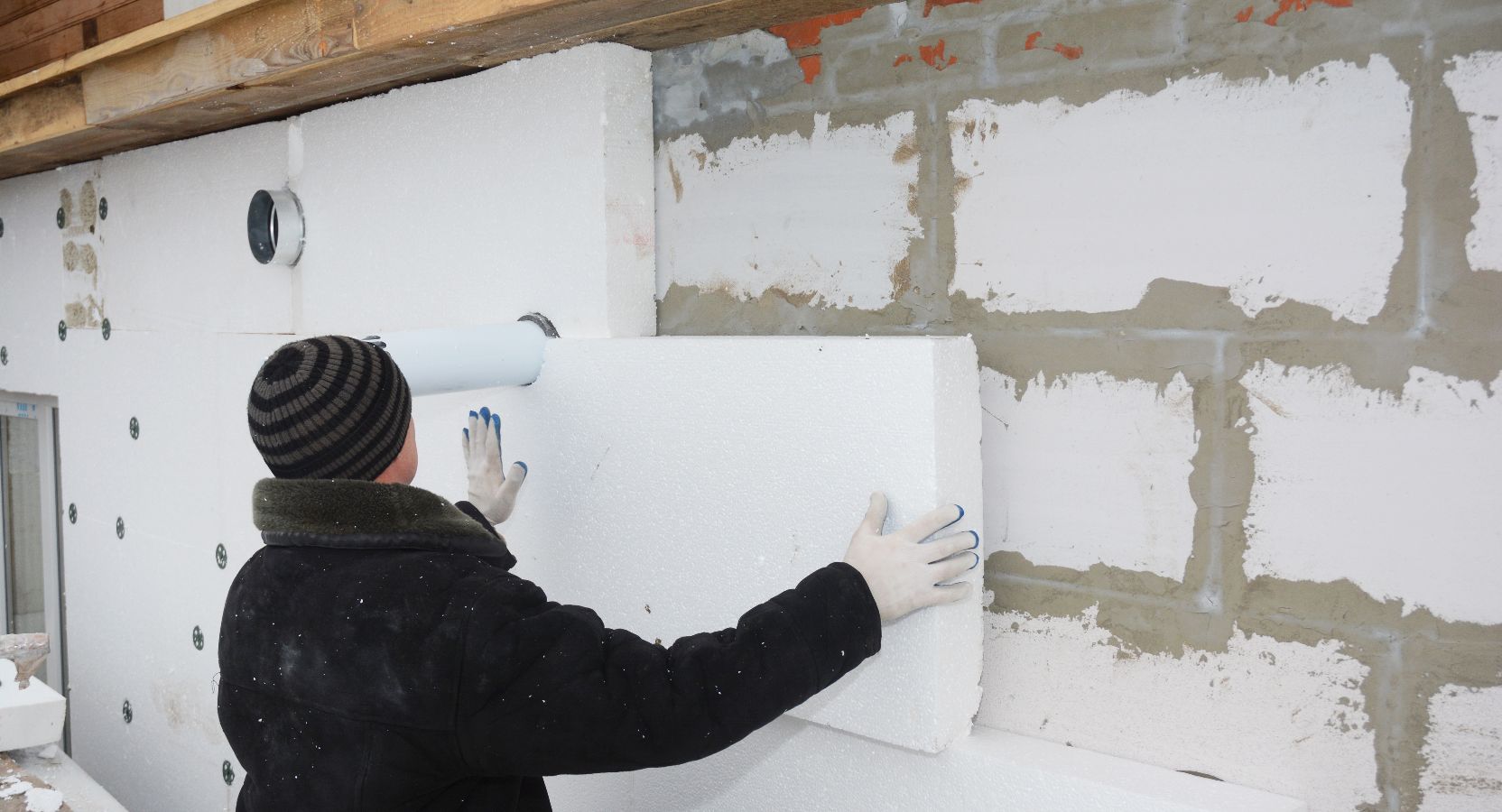
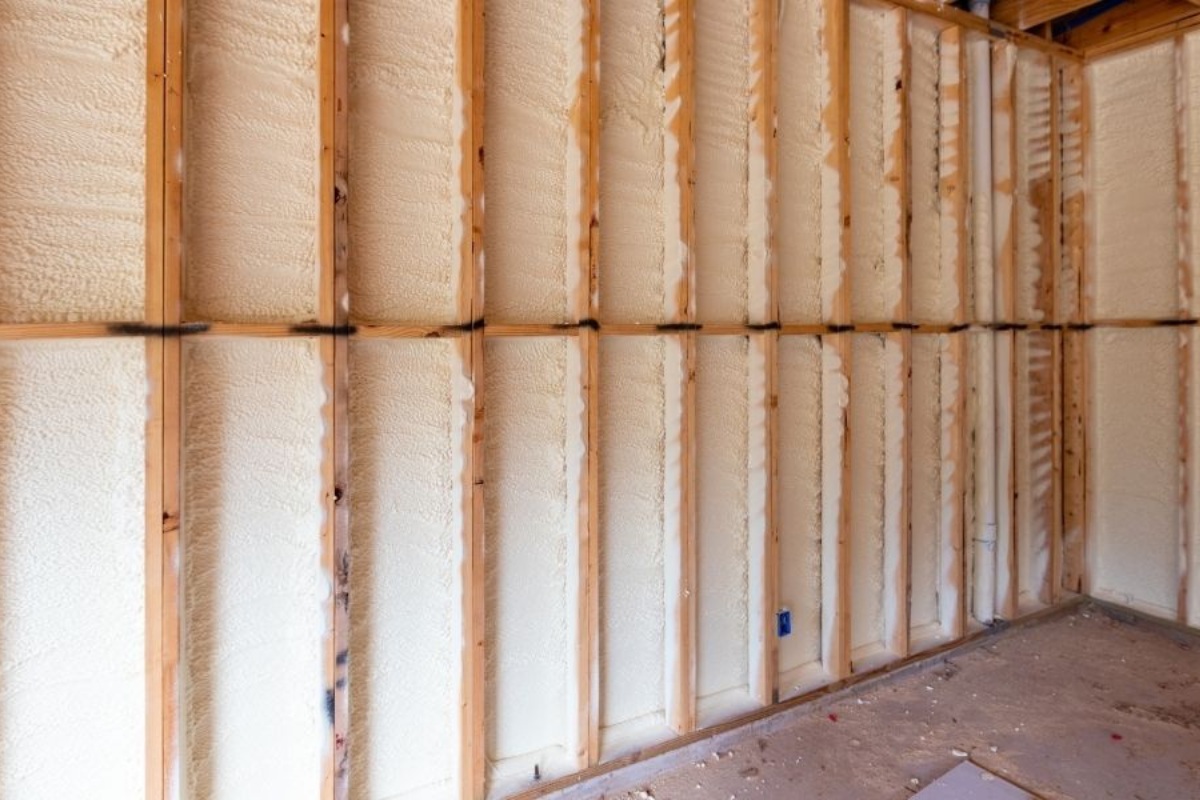
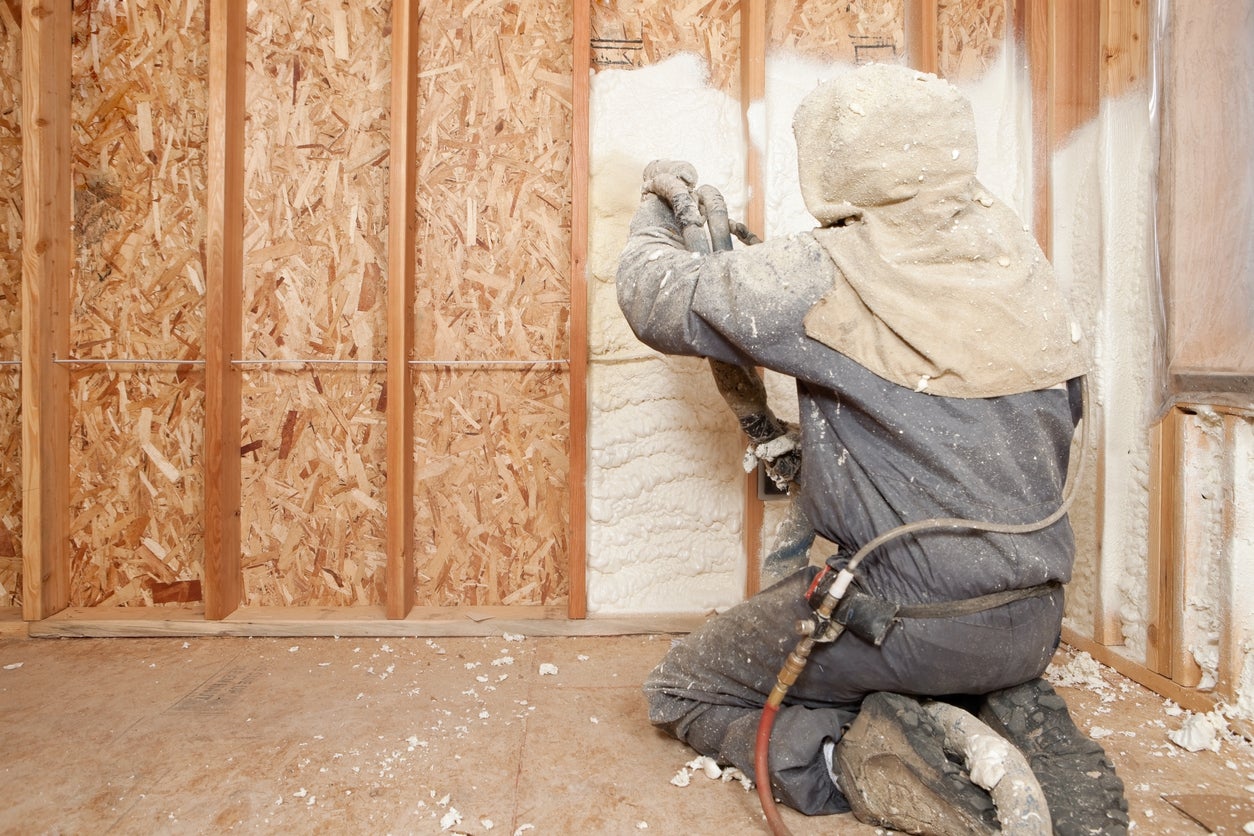
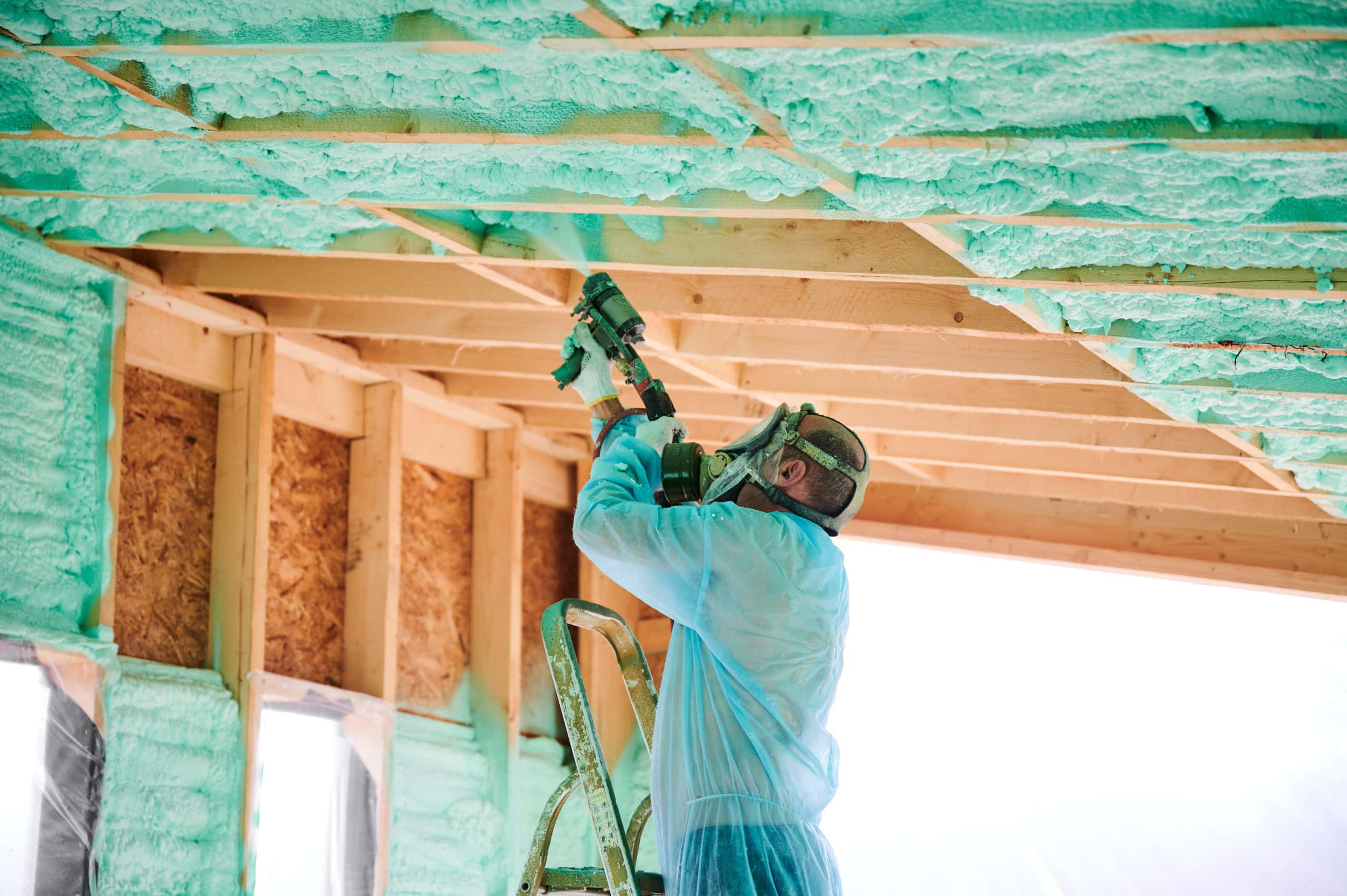

0 thoughts on “How Much Spray Foam Insulation Cost”